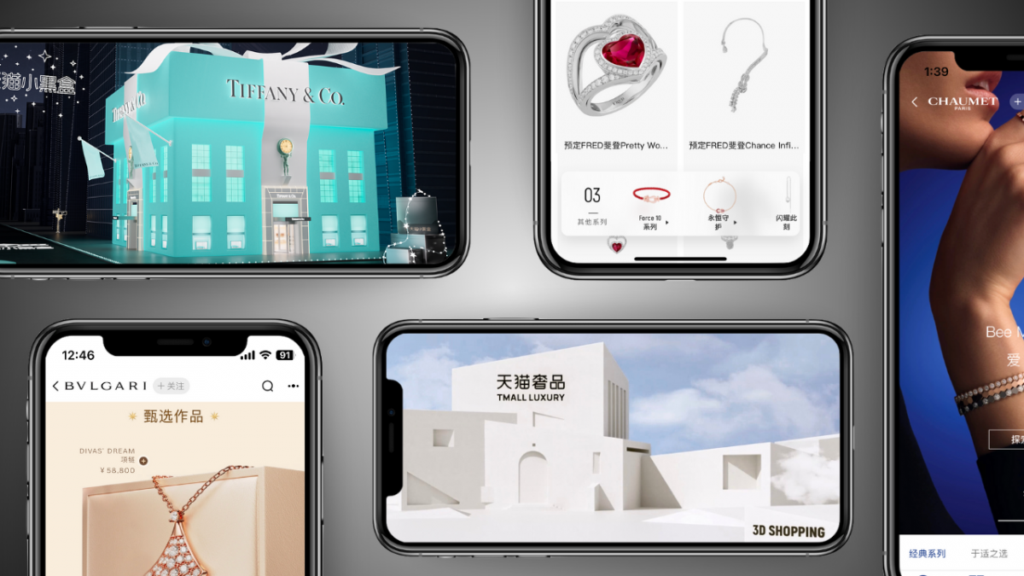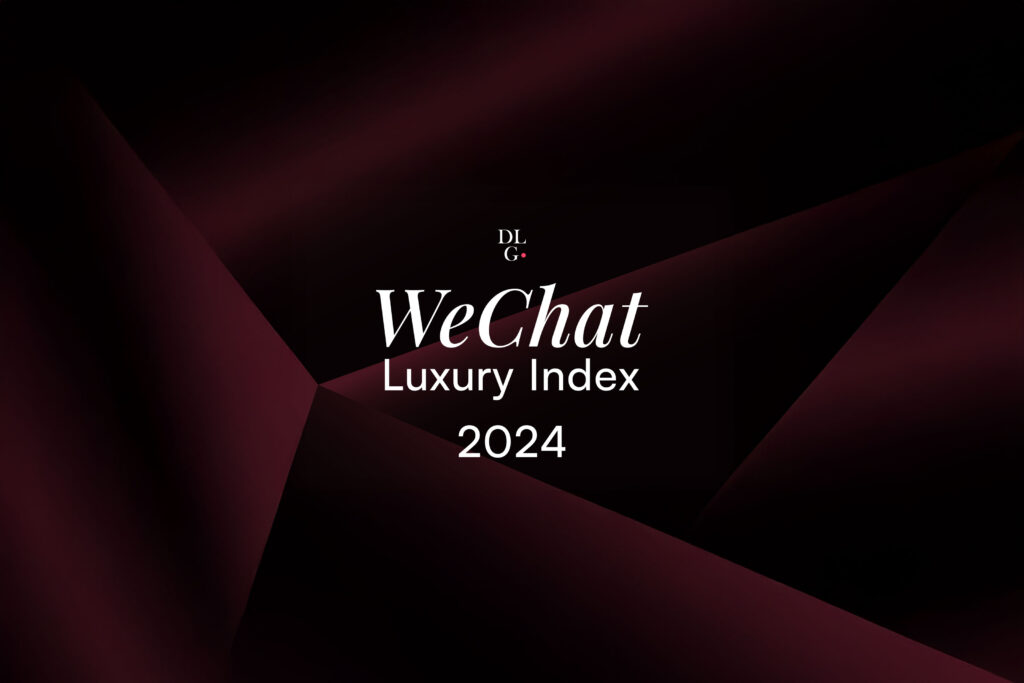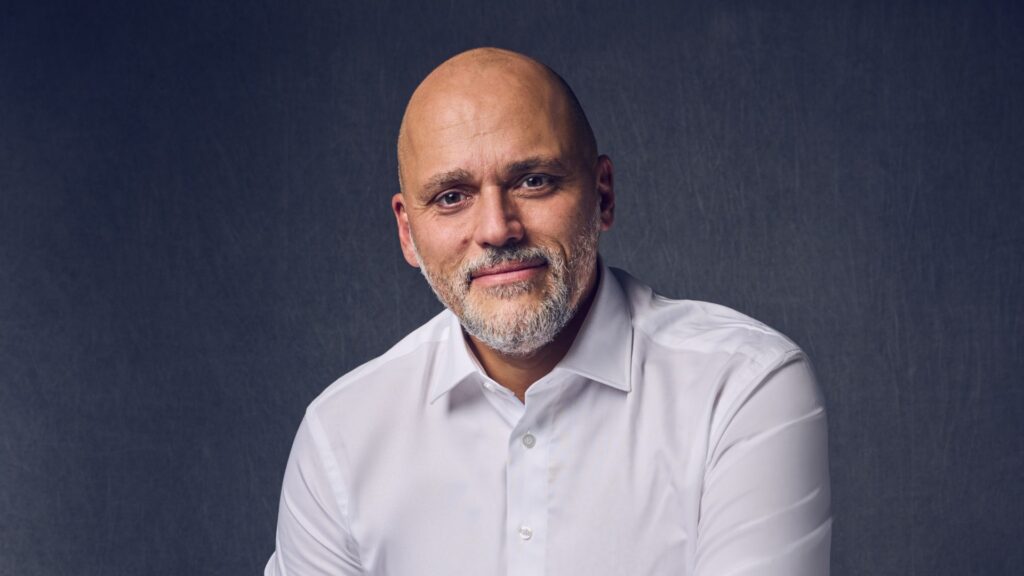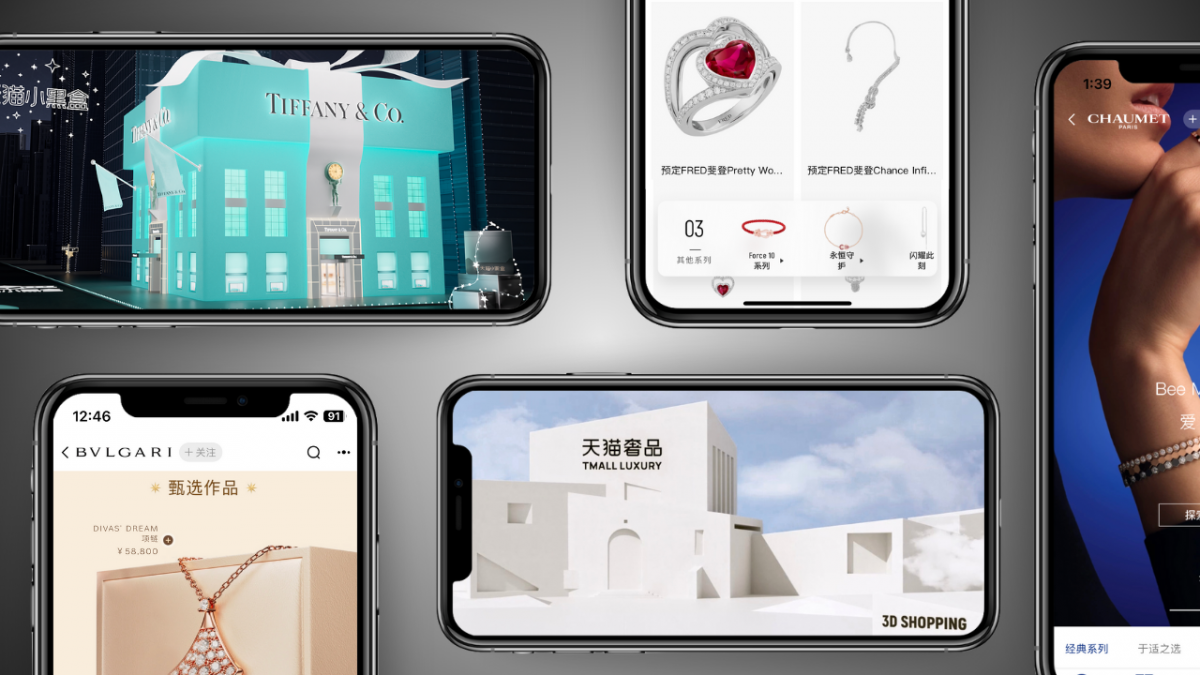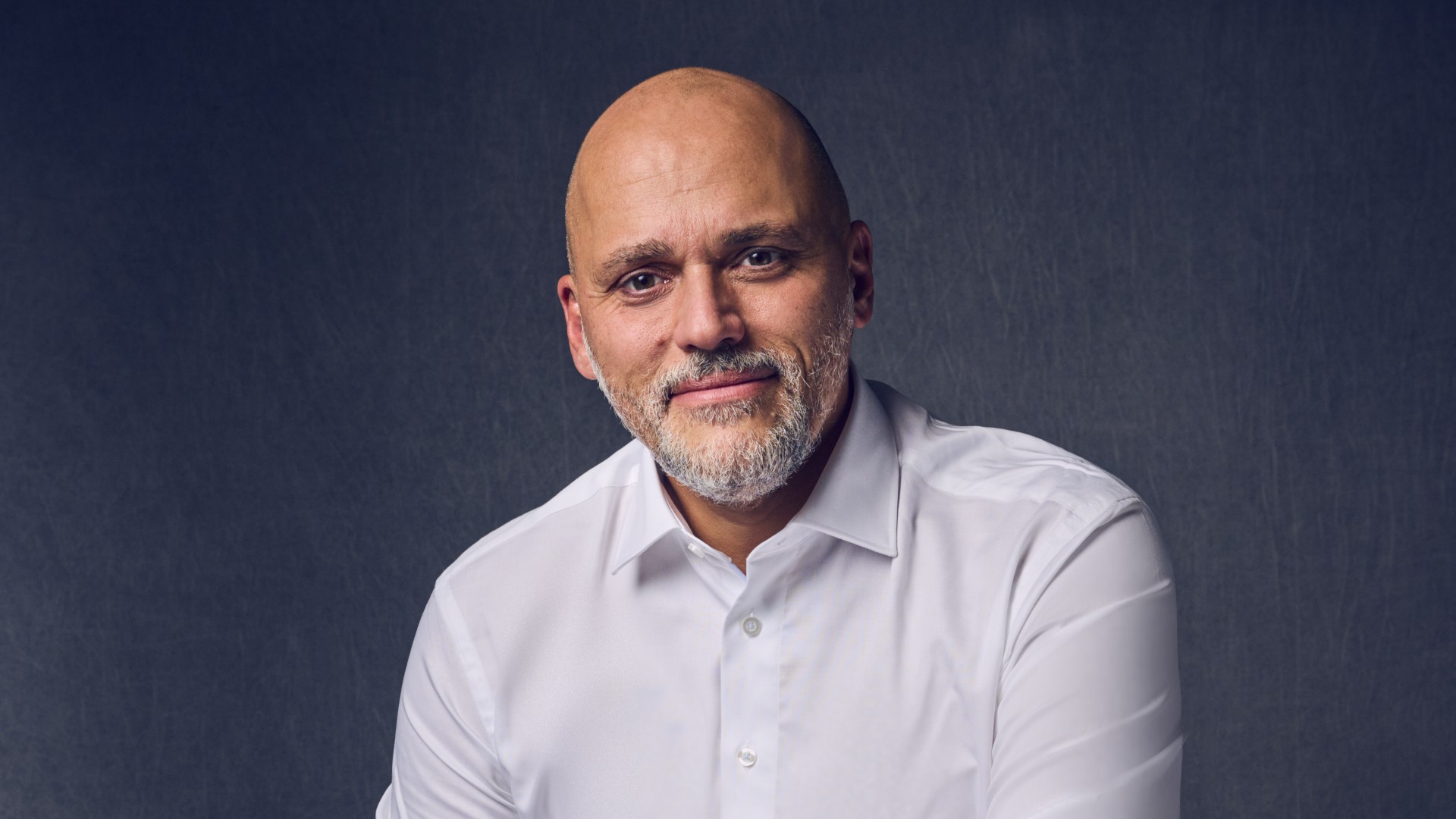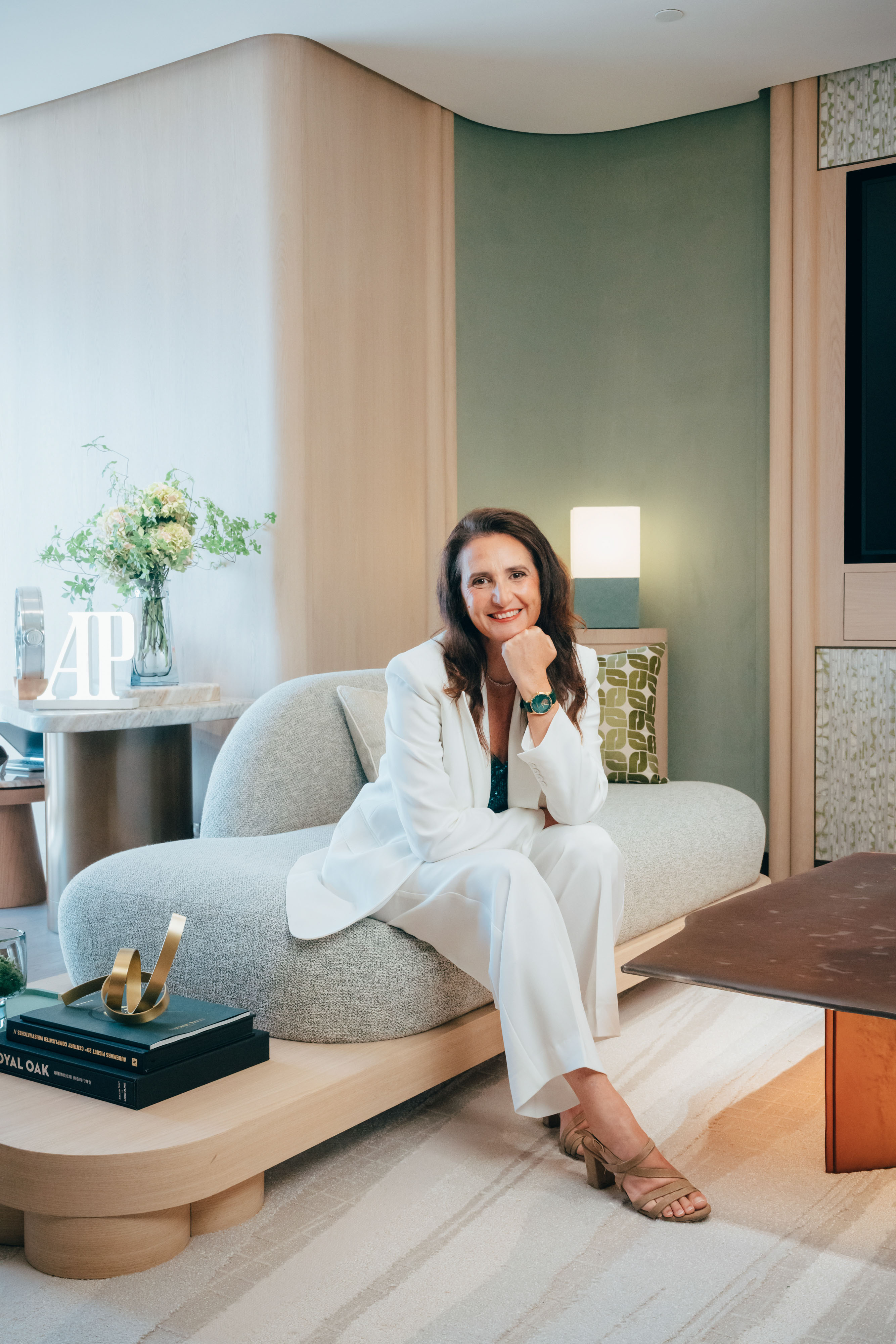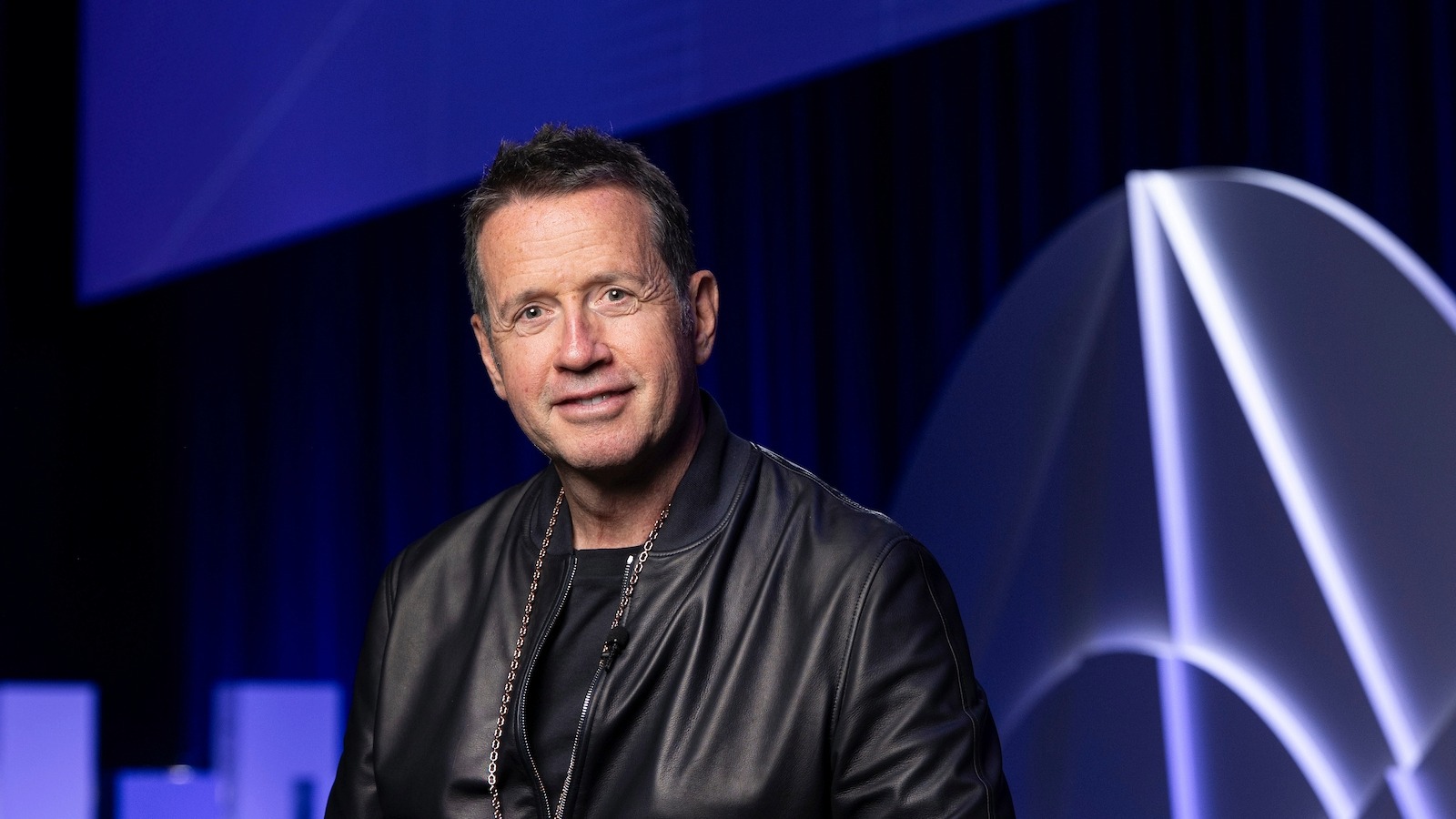Maximilian Büsser, founder of MB&F, is the first person to tell the world that no-one needs a watch, let alone one that is ten thousand times less accurate than quartz, for a thousand times the price

Maximilian Büsser, founder of MB&F, is the first person to tell the world that no-one needs a watch, let alone one that is ten thousand times less accurate than quartz, for a thousand times the price
Maximilian Büsser, founder of MB&F;, is the first person to tell the world that no-one needs a watch, let alone one that is ten thousand times less accurate than quartz, for a thousand times the price
Maximilian Büsser, founder of MB&F;, is the first person to tell the world that no-one needs a watch. Let alone a mechanical watch, which he describes as “ten thousand times less accurate and a thousand times more expensive” than a quartz watch. In spite of himself, he manages to sell more than 200 horlogical machines per year, each retailing between €70,000 and €150,000.
Büsser began his career at Jaeger-LeCoultre, after graduating in Lausanne with a Masters degree in Micro-Technology Engineering. He spent seven years in their senior management team before being appointed managing director of Harry Winston Rare Timepieces in 1998, at the age of 31.
The Swiss entrepreneur is widely credited with transforming the company into a well respected haute horlogerie brand. It was at Harry Winston that he conceived the Opus project, working alongside talented independent watchmakers to create innovative and revolutionary timepieces.
Something that planted the seed for developing that concept further still, which brings us to MB&F.; “MB&F; is a life decision before being a business decision,” he explains. “Actually, it is a great life model and a pretty tough business model!”
“I actually don’t know [what compels clients to spend upwards of €70,000 on an MB&F; machine]. I set upon my creative and entrepreneurial rebellion and discovered along the way that a few people understood, followed and started buying into our story and projects.”
“ 100% of our creative process is self-centered. We never consider what the market may want ”
On MB&F;
“MB&F; is a horological creative lab which believes that high end watchmaking is a fantastic base to create kinetic art. We craft Horological Machines and Legacy Machines. Machines that are based on traditional super high end watchmaking, reinterpreted into a piece of kinetic art on your wrist.
“There is no brand DNA (except my own I suppose) and we credit every single artisan, engineer, creator who has worked with us on every project – be it on our website, catalogues or press information. They are the F, hence the “Friends”, of MB&F.;
“Most importantly 100% of our creative process is self-centered and never considers what the market or customers may want/like/request. Therefore it is the closest watchmaking has ever come to art. MB&F; is a very personal quest. That of creating something I will be proud of later on in my life – without concessions. And so when clients ask me to modify one of our creations I always say no.
“If they do not like what we do, it is absolutely fine, but do not ask me to change something I think is great. You would not ask a painter to do the same painting in another color right?”
Horlogical Machine 5
On Machines
“All in all it takes – easily – three to five years to get one of our “Machines” from sketch to final product on a client’s wrist. Count two to three years of research and development, then anywhere between twelve to eighteen months of manufacturing/hand crafting and one to two months of assembly/testing.”
“It is an extremely cash intensive process as during those many years there are over 40 crafts involved to allow a piece like ours to come to life.
“Last year we made 229 Machines and we will probably get to 265 this year. We are very close to the maximum level of production we hoped for and do not want the company to grow from there onwards. Growth would be the biggest danger to our creative process.
“Today we are retailed through 35 retail partners in 31 countries, and at our M.A.D. Gallery in Geneva. A gallery dedicated solely to kinetic and mechanical art. The first and only one in the world to specialize on this part of art.”
“ From day one we knew we would never have any money for advertising ”
On Communications
“From day one we knew we would never have any money for advertising. Our R&D; Budget is 27% of our revenue, and communication barely 5%. Probably the exact opposite to most high-end watch brands.
“The most effective strategy for us has always been travelling and meeting press and clients so as to spend an hour explaining our creative lab – which means that some years I have had to travel 180 days, sometimes more (during the 2009 crisis) and luckily now less. It is the price to pay when you are a self-financed entrepreneur.
“Our retailers play a very active role also in spreading the word and presenting our creations to their best customers. Some with incredible enthusiasm (and therefore great results), others less.
“And of course the Internet – blogs, forums, and social media. MB&F; could never have existed without the Internet. Such special creations could only find their public through a media like the Internet which allows to liaise with each typology of interests.”

MAD Gallery, Geneva
On Creativity
“The three biggest enemies of creativity and innovation are usually growth, market research (one rarely has an innovative idea asking the public what they want) and shareholder value.
“Growth is extremely dangerous for creativity. Because the more your company grows, the more overheads you accumulate, the more you need to create products which will appeal to a broader audience. It is indeed very difficult to invest in real innovation and highly risky creativity when you are obsessed by double digit growth every quarter.
“A big part of the appeal in watchmaking Art is the intricate and rare artisanship which is necessary to make it come to life. We all know that artisanship is rarely cost effective… Remaining an artisan whilst CFO’s and COO’s are desperately cost cutting and improving production performance is understandably a real challenge.”
“ The three biggest enemies of creativity are usually growth, market research & shareholder value ”
On Harry Winston
“Without Harry Winston there would have been no MB&F.; First because during my seven years developing that brand I discovered I was capable of managing a company, and second discovered that I definitely needed to be an entrepreneur with no shareholders to report to.
“At HW I also came in contact with all these incredible independent watchmakers who are today the main source of creativity in our industry. They opened my eyes to many different aspects of life and horology.
“Many people have compared the Opus series we created in 2001 at Harry Winston and the MB&F; concept I launched thereafter in 2005. There is one enormous difference in between these two concepts: For Opus we would ask watchmakers if they had an idea for an exceptional product and if they did we would help them craft it.
“At MB&F; I have the ideas, work on the designs with independent designer Eric Giroud and then we find independent watchmakers to transform that design/concept into reality. Actually on a creative basis Opus and MB&F; are polar opposites.”

Legacy Machine 2
On Succession
“Not only are we now 21 employees in the company who depend on it, and make it work even when I am not there, but there are also hundreds of clients who have trusted and invested into our creations. There is no way the company can just stop if one day I disappear.
“MB&F; is a fantastic team that has come together over the last eight years – some of the best in our Industry – and I only now take care of the creative process. The vision of the company as a creative rebel is established and if I had to disappear, a creative director would be hired to continue.
“And at any given time the next six years of new products are in the pipeline, giving enough time for the new person to establish their imprint onto the next generation of MB&F; creations.”
For more in our series of conversations with Luxury Leaders, please see our most recent editions as follows:
– In Conversation With Domenico de Sole, Chairman, Tom Ford
– In Conversation With Marc A. Hayek, Swatch Group
– In Conversation With Christopher Cowdray, CEO, Dorchester Collection


